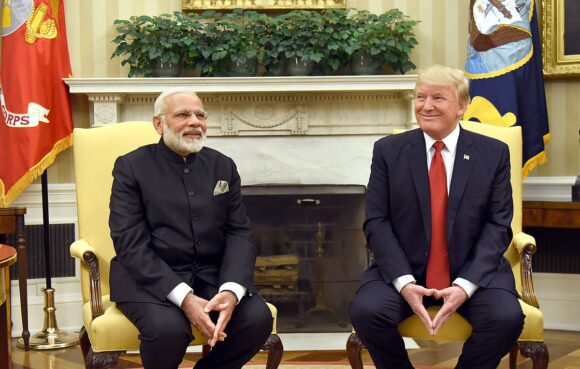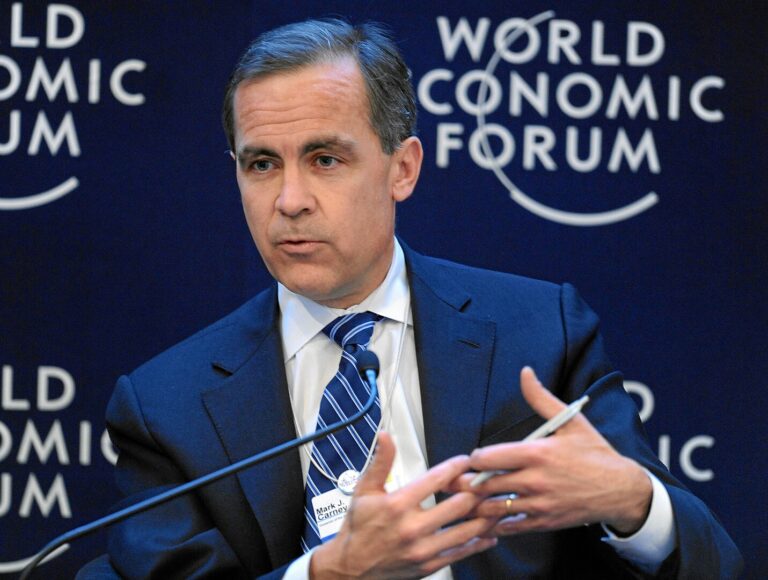
Prime Minister's Office
India’s goods exports to the United States rose for the first time in five months in October, surging 14.5% compared to September, even as steep tariffs imposed by Donald Trump’s administration remain in force.
The recovery follows a sharp decline in exports last month triggered by the 50% US tariff package on Indian goods – including a 25% penalty tied to India’s continued purchase of Russian oil – implemented on 27 August.
The positive trend comes amid reports that Indian state-run oil companies have agreed to significantly increase annual imports of liquified petroleum gas (LPG) from the US. Additionally, the US has exempted a number of agricultural goods from reciprocal tariffs, a move expected to work in India’s favour.
Negotiations over a bilateral trade deal between the two countries are progressing, with an Indian government official confirming that key components are close to finalisation. Despite the October rebound, India’s overall merchandise exports fell 11.8% year-on-year during the same month, with 15 of its top 20 trade partners experiencing a downturn in bilateral trade.
Ajay Srivastava of the Delhi-based Global Trade Research Initiative (GTRI) noted that “tariff-exempt sectors such as smartphones and pharmaceuticals may have performed better – though this remains a tentative assumption,” when commenting on recent export figures.
Srivastava also highlighted that “despite the October rebound, India’s shipments to the US have dropped nearly 28.4% between May and October, erasing more than $2.5bn in monthly export value.”
Nevertheless, trade frictions between the two nations appear to be easing gradually after a prolonged period of uncertainty.
On Monday, India confirmed securing a first-of-its-kind major agreement under which state-owned oil firms will source around 10% of the country’s annual LPG requirements from the United States.
Calling the move “historic”, Petroleum Minister Hardeep Singh Puri emphasised that the world’s largest and fastest-growing LPG market is now accessible to US suppliers.
The Trump administration has repeatedly pressed New Delhi to boost purchases of American petroleum products while scaling back dependence on Russian energy.
Following Western sanctions imposed on Moscow after the outbreak of the Ukraine war in 2022, India emerged as a leading buyer of Russian oil. In 2023, it purchased $52.7bn worth of Russian crude, which accounted for 37% of its total oil expenditure. Although Trump has repeatedly claimed that India has agreed to cut down on its Russian imports, Delhi has not officially acknowledged such a commitment.
India currently faces a delicate diplomatic challenge over energy sourcing, particularly as Russian President Vladimir Putin is expected to visit Delhi early next month to finalise a range of bilateral agreements, according to local media reports.
Even so, trade discussions between India and the US – previously stalled due to India’s reluctance to cut its Russian oil imports – now appear to have regained momentum.
A senior official told The Hindu on Monday that the first phase of the trade agreement is “more or less near closure.”
Furthermore, India is projected to benefit from Washington’s decision to roll back reciprocal tariffs on agricultural goods such as tea, coffee and spices. Analysts suggest the revision could effectively exempt nearly $1bn worth of Indian agricultural exports destined for the US from import duties.




